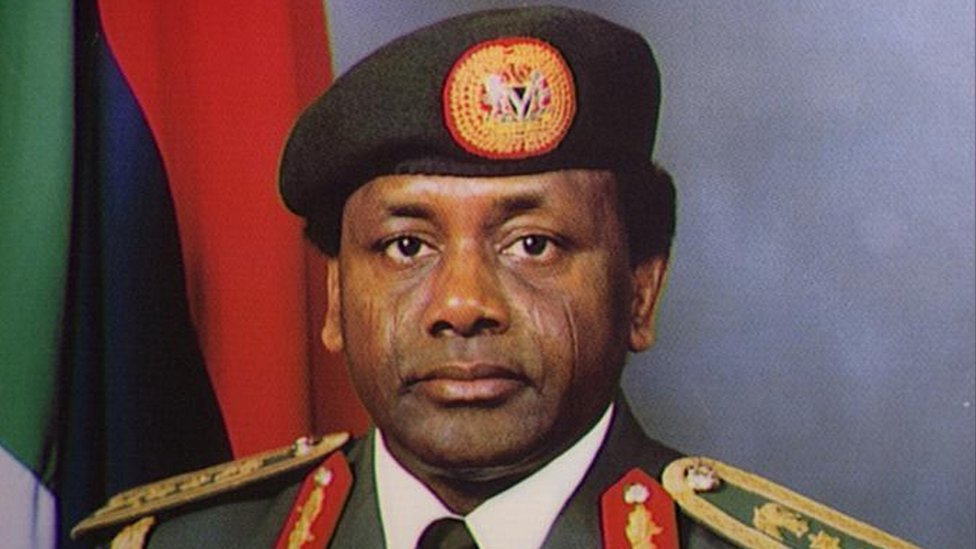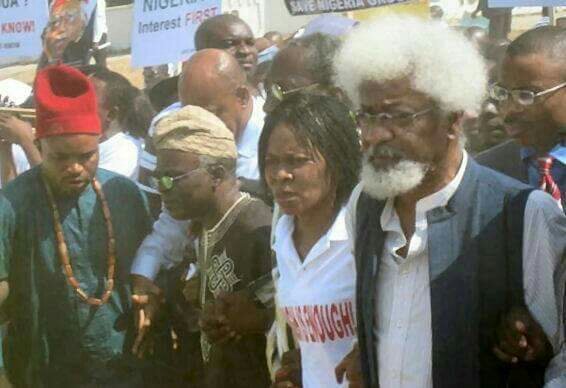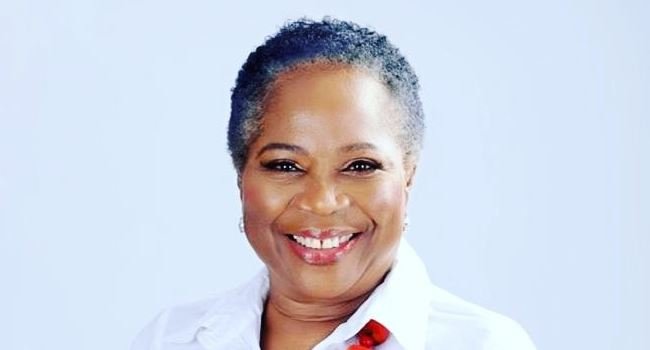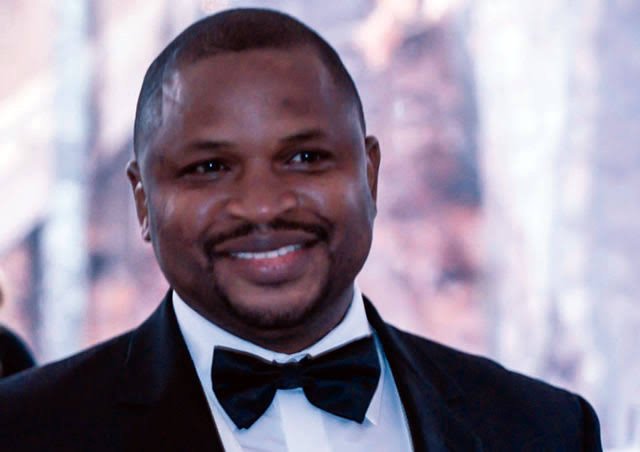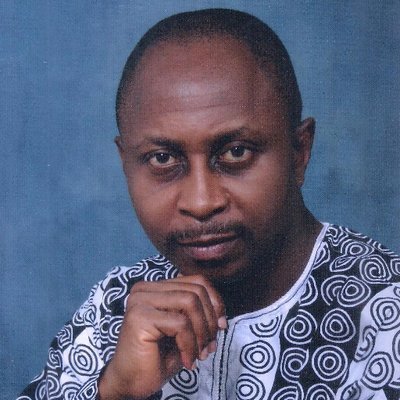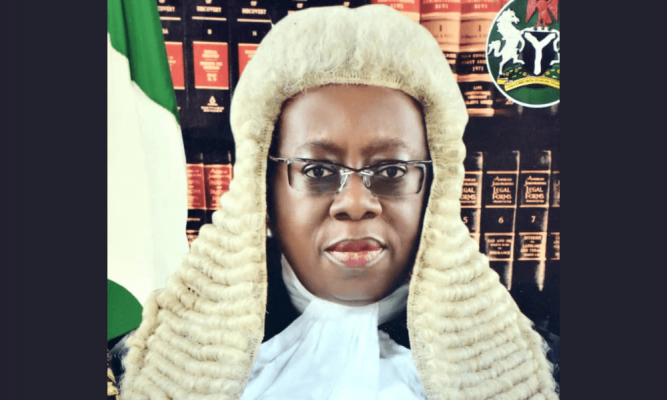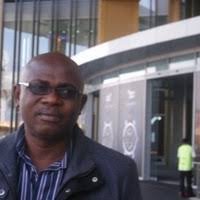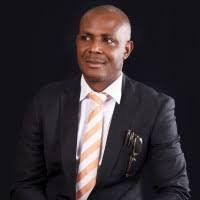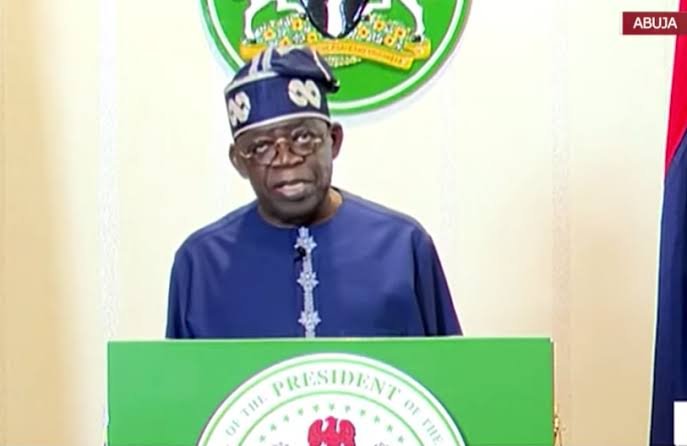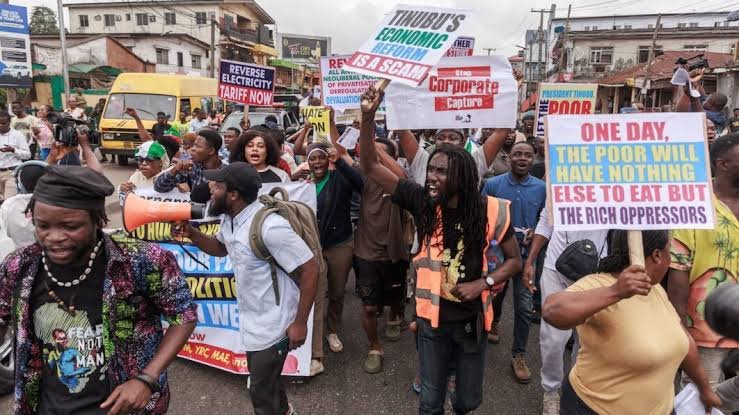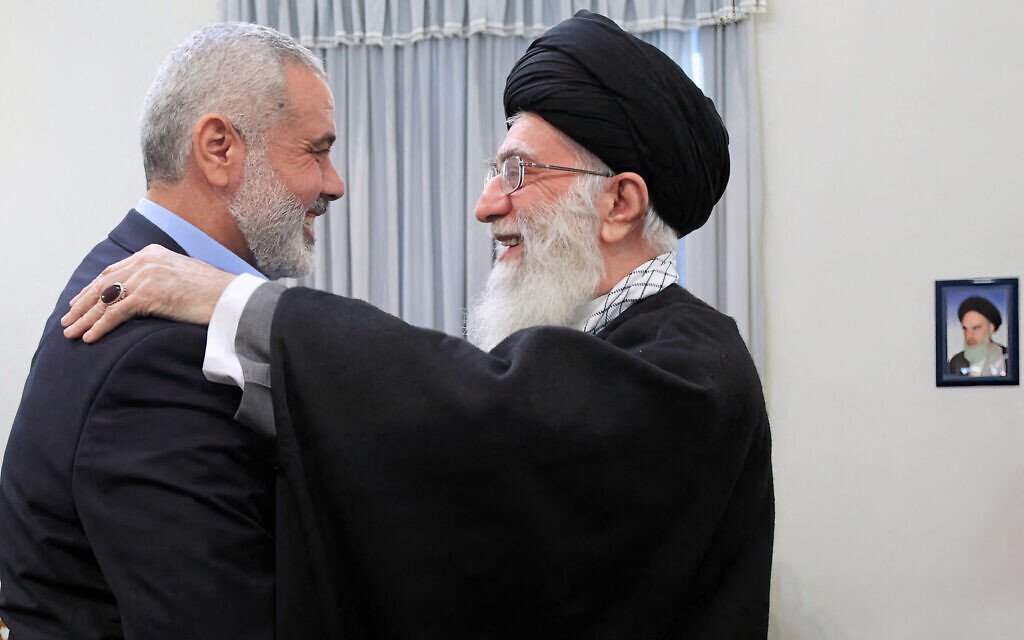Abuja, the otherwise serene political capital of Nigeria witnessed a night of the long knives on November 17, 1993. It was the night that a quartet of senior military officers led by the then minister of defence General Sani Abacha paid an unscheduled visit to the head of the interim national government and commander-in-chief of the Nigeria armed forces Chief Ernest Shonekan. Their mission was to execute a palace coup and entrench Abacha firmly in the saddle. To actualize their mission, they uncloaked their daggers, drew the dangerous weapons menacingly at a hapless Shonekan who ostensibly pleaded for his dear life. Thus, subdued, Shonekan was quick to write, sign and read his resignation letter. Thereafter, he was provided a less befitting Peugeot 406 saloon car to take him back to Lagos “from whence he came”.
Hitherto, it was generally anticipated that General Sani Abacha would topple the quisling interim national government of Chief Ernest Shonekan. But not a few had thought that it would be that sudden for it took less than three months for the famished infantry general to gobble the administration he was left behind to protect.
As he made to step aside, President Ibrahim Babangida, the mercurial armoured general who ruled Nigeria from August 27, 1985 to August 26, 1993, hurriedly put in place an interim national government with the corporate czar Ernest Shonekan as head of state and commander-in-chief of the armed forces of a beleaguered federal republic of Nigeria. Babangida empanelled for Shonekan a cabinet that consisted of two great divides. On one divide were some of the best Nigerians of that era like Prince Julius Adelusi-Adeluyi, Bola Kuforiji-Olubi and Uche Chukwumereije. On the other divide were some of the most fearsome like Sani Abacha, Oladipo Diya and Joshua Dogonyaro.
Abacha, as minister of defence, was the most senior minister and the defacto if not dejure deputy to Shonekan. He was until his inexplicable retention as minister of defence, Babangida’s soul mate in coup plotting and power mongering. Many had expected that he would have retired along with his buddy Babangida. Like the cunning Babangida, Abacha had been a participant in two previous coups, the first in 1983 leading to the military rule of Muhammadu Buhari, and in 1985, which replaced Buhari with General Ibrahim Babangida. Abacha in turn replaced Babangida as chief of army staff and went ahead to displace the venerable General Domkat Bali as the chairman Joint Chiefs of Staff in 1989. That was after he had in 1986 deviously engineered the intrigue that led to the exit of Commodore Ebitu Ukiwe as chief of general staff. He was later appointed minister of defence in 1990.
Abacha, was to lead Nigeria from November 17, 1993 to July 8, 1998. His tenure helped to entrench his split image of the good, the bad and the ugly. Although his unenviable reputation as a brute preceded him, Abacha has nonetheless been credited with some good deeds.
He stabilized the naira and generally managed the economy fairly well. Under his watch, security was enhanced nationwide except in the few cases of deliberate and clandestine breach by state actors. He created more states including Bayelsa and Ebonyi states for which the people remain appreciative and often eulogise him on every anniversary of their states creation. He gave honour to whom honour was due by ensuring an unprecedented state burial for the nation’s first indigenous Governor General, first Senate President and first President and Commander-in-Chief, the peerless Dr. Nnamdi Azikwe after whom he named the airport in the nation’s capital Abuja. General Abacha also set up mechanics for the return to civilian rule albeit on the back of a choreographed programme with seeming self-serving motives. To the relish of most Nigerians, he was able to stave off the Cameroonian aggression and safe guarded the oil rich Bakassi peninsular. He kept external aggressors at bay and brooked no infiltration from neighboring countries especially in the Sahel.
On the flip side, he is remembered for the ruthlessness and corruption of his leadership. He took no prisoners. Not even his second in command Lt. General Oladipo Diya was spared. He was believed to have framed some of his foes with coup plotting. He also oversaw a level of unprecedented state-directed violence, most notably captured in the assassination of NADECO chieftain Pa Alfred Rewane, wife of Chief M. K. O Abiola; Kudirat Abiola and the near assassination of The Guardian Publisher Alex Ibru. But it was the execution of peaceful environmental rights activist Ken Saro-Wiwa on trumped-up charges that drew the ire of the global community and turned Nigeria into a pariah nation.
Allegations of mind-boggling corruption continue to dot his footsteps. Abacha and his family are believed to have siphoned over $1 billion USD from the Nigerian state. Though a Muslim from Kano, his death is said to have prompted wild speculation as to Abacha’s religious practices, with claims that the grounds of his home contained numerous shrines containing human and animal body parts used in religious rituals—linking images of corruption, violence, libidinal excess, and the occult.
For Sani Abacha, the diminutive Kano born infantry general with Kanuri ancestry, his was a life like no other. To most Nigerians, the likely consensus will be “may another Abacha never befall Nigeria, again.”
Follow us on all social media platforms @dailyquery for more stories around the globe.
